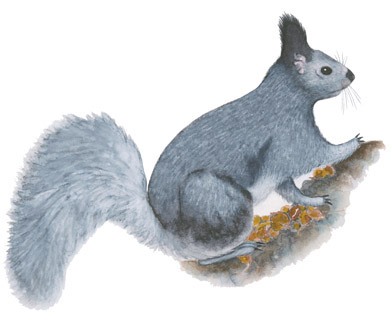INTRODUCTION
A Naturalist’s Guide to Canyon Country is a comprehensive guide to the geology, shrubs, trees, flowers, mammals, birds, fish, reptiles, amphibians, insects, and arachnids of the northern Colorado Plateau. It covers an elevation range roughly between 4,000 and 7,500 feet and is a handy guide to the plants and animals that you might typically encounter while exploring this region.
Over the last two decades, the Colorado Plateau has experienced an unprecedented boom in visitation. Some claim the landscape is literally being loved to death. While this viewpoint may be extreme, human impacts on fragile desert ecosystems are becoming more commonplace. In this land of little rain, plant and animal communities do not quickly return to full health after they have been trampled, developed, or overused.
One of my main goals in writing A Naturalist’s Guide to Canyon Country is to educate you about the desert’s fragility. This guide will also give you the keys to identifying the region’s plants and animals, and it describes the interrelationships between plants, animals, and their physical environments. As John Muir wrote: “When we try to pick out anything by itself, we find it hitched to everything else in the Universe.”
A Naturalist’s Guide to Canyon Country focuses on understanding the natural history of the Colorado Plateau, a physiographic province that totals roughly 130,000 square miles with the densest concentration of national park units in the lower 48 states. Although the plateau covers a vast area, it is unified by both geology and ecology, thus making one single field guide applicable to the region.
